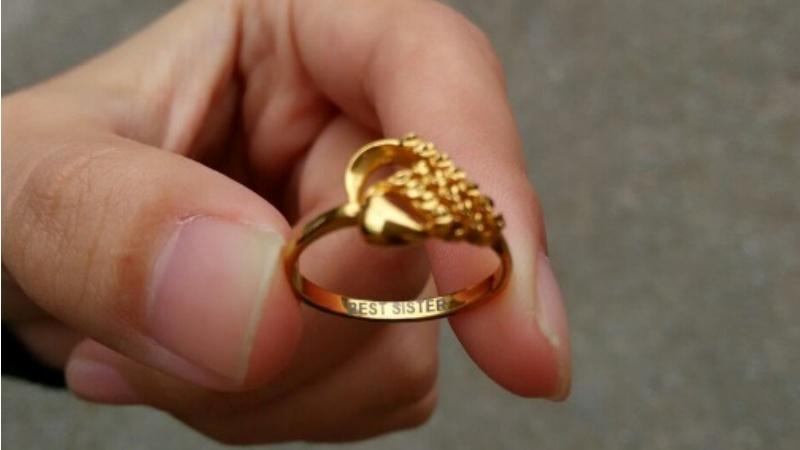Sustainable Practices in Jewelry Marking: Ethical Branding in the Industry

The jewelry industry is increasingly focused on sustainability, and this extends beyond the materials used to create the pieces themselves. Jewelry marking, a seemingly simple process, also presents opportunities for ethical and eco-conscious practices.
Traditional Marking Methods and Their Drawbacks
Traditional jewelry marking often involves the use of metal stamps and chemicals, which can have several drawbacks:
Environmental Impact: The production and disposal of metal stamps can generate waste. Chemical etching processes can release harmful substances into the environment.
Health Concerns: Some chemicals used in traditional marking methods can pose health risks to workers.
Limited Customization: Traditional methods can be less flexible for intricate or personalized markings.
Sustainable Alternatives for Jewelry Marking
Fortunately, several sustainable alternatives are gaining traction in the jewelry industry:
Laser Marking: Laser marking is a precise and permanent method that uses a focused laser beam to mark the metal. It offers several advantages:
Eco-friendly: Laser marking is a clean process with minimal environmental impact.
Versatile: It allows for intricate designs and personalized markings.
Durable: Laser markings are highly resistant to wear and tear.
Electrochemical Marking: This method uses an electrical current to create a mark on the metal surface. It is:
Environmentally friendly: No harmful chemicals are used in the process.
Energy-efficient: Electrochemical marking requires less energy compared to some traditional methods.
Digital Printing: While not directly on the metal itself, digital printing can be used to create durable, eco-friendly labels or tags that accompany jewelry pieces. These labels can provide detailed information about the materials, origin, and ethical practices associated with the jewelry.
Beyond the Marking Method: Sustainable Practices in Action
Sustainable jewelry marking extends beyond the choice of technology. It also involves:
Responsible Sourcing: Ensuring that the materials used in the marking process are sourced ethically and sustainably.
Waste Reduction: Implementing measures to minimize waste generated during the marking process, such as recycling or reusing materials.
Transparency: Clearly communicating the sustainability practices associated with the jewelry and its marking to consumers.
The Future of Sustainable Jewelry Marking
As consumer awareness of environmental and social issues grows, the demand for sustainable jewelry is increasing. By embracing eco-friendly marking practices, jewelry brands can demonstrate their commitment to ethical and responsible business practices. This not only benefits the environment but also enhances the brand's reputation and appeal to conscious consumers.
- Art
- Causes
- Crafts
- Dance
- Drinks
- Film
- Fitness
- Food
- Games
- Gardening
- Health
- Home
- Literature
- Music
- Networking
- Other
- Party
- Religion
- Shopping
- Sports
- Theater
- Wellness


